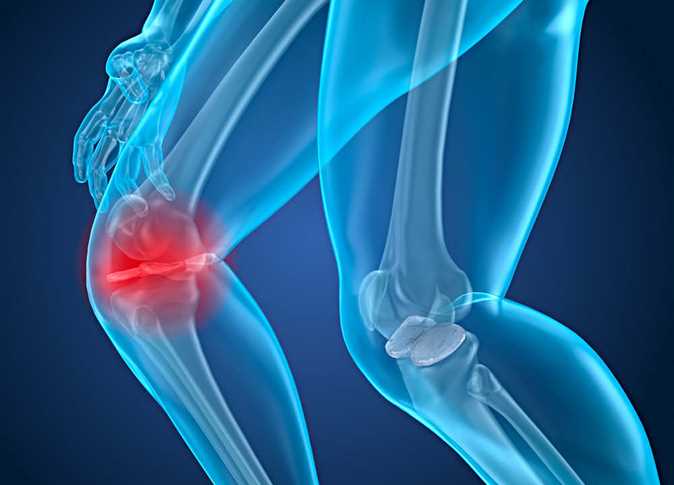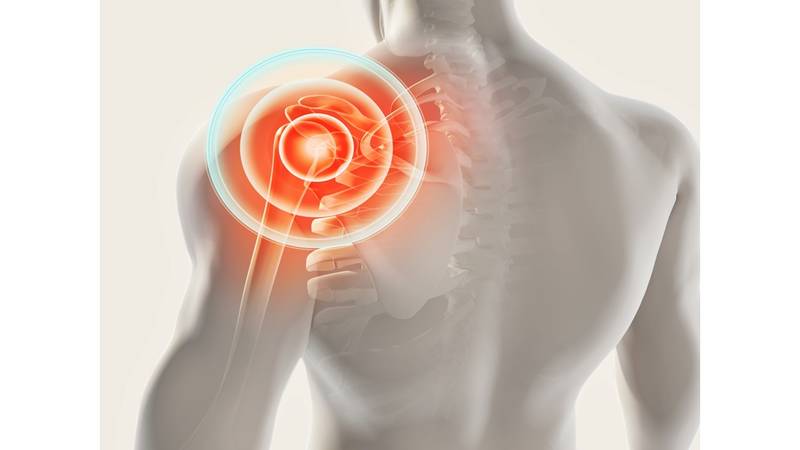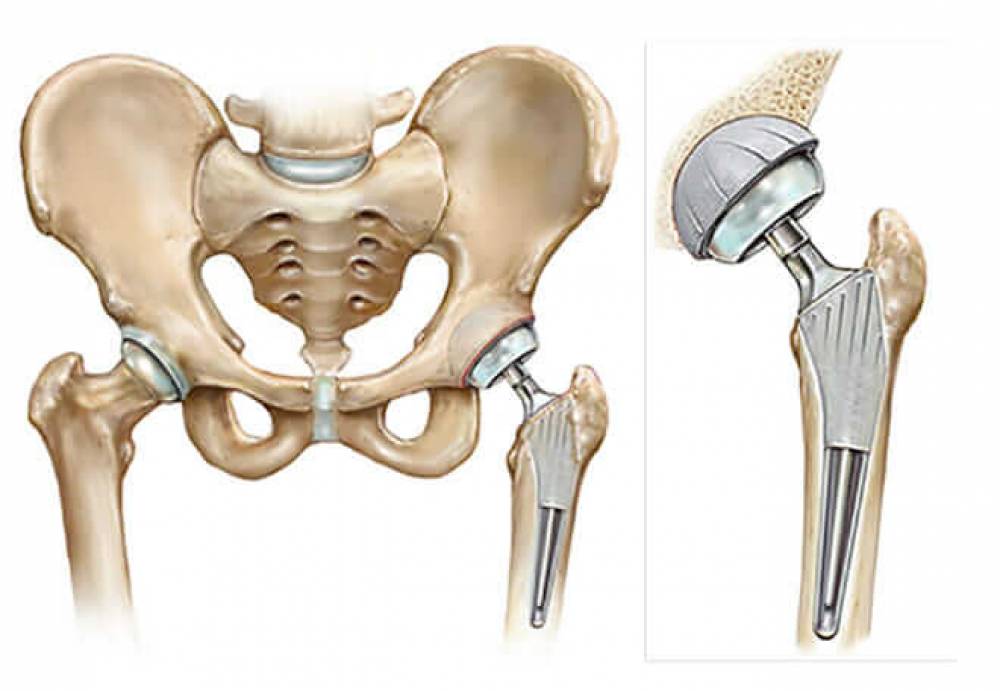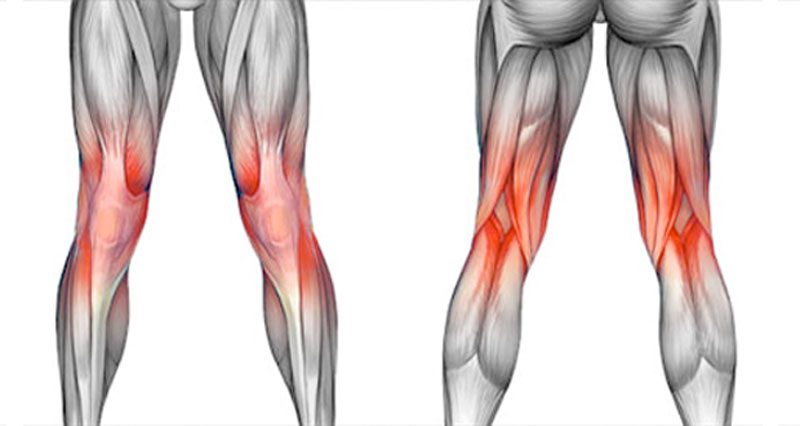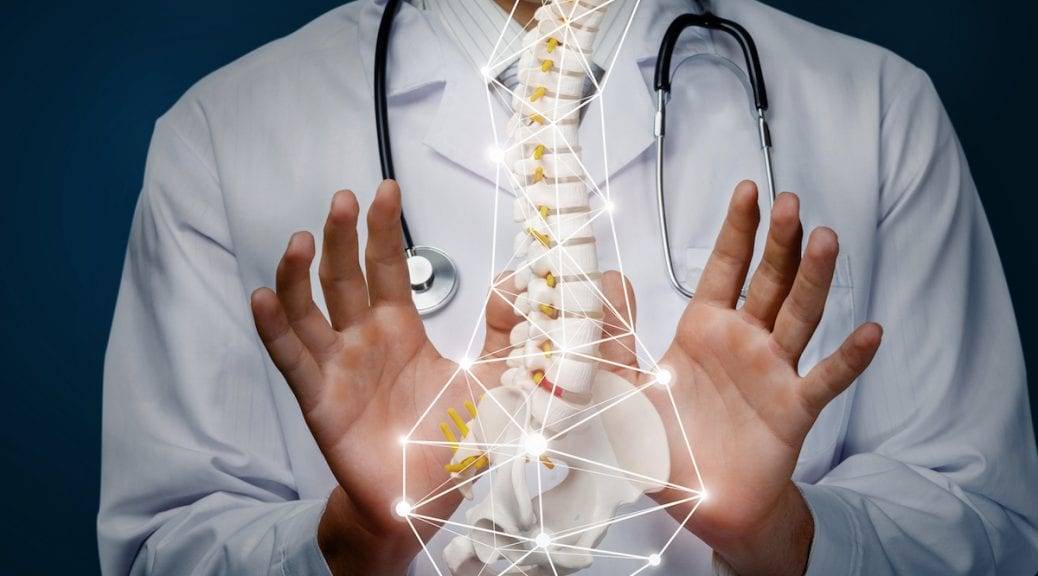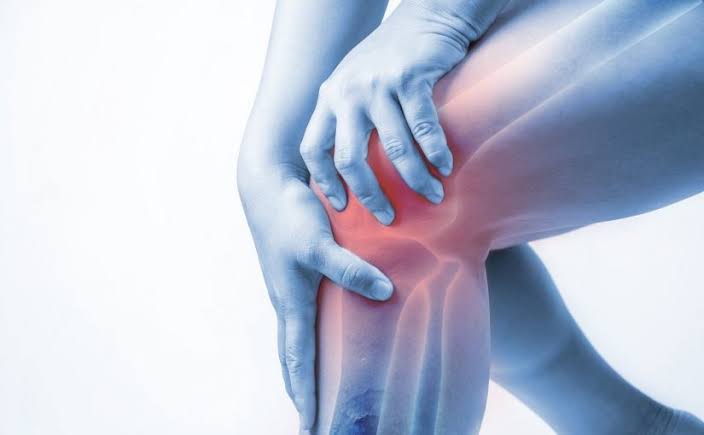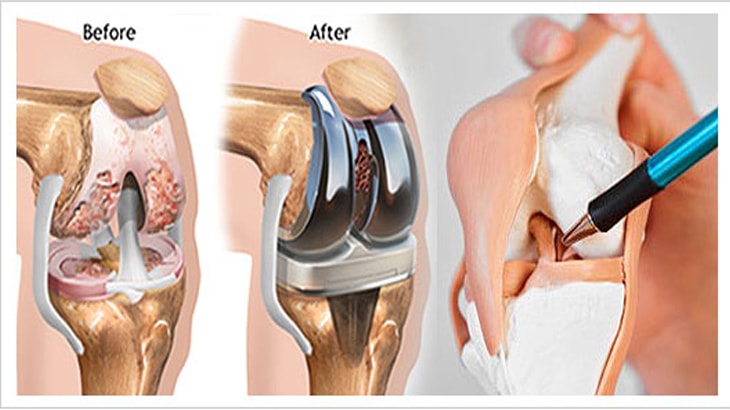Inquire About the Cost of Installing a Plate and Screws in the Arm and Learn About Possible Risks!
The Cost of Installing a Plate and Screws in the Arm: Many people may experience fractures in the arm that require the installation of plates and screws depending on their severity and type. In this article, we will delve into the details of how the process of installing plates and screws in the arm is performed, the types of plates and screws used, and the outcomes and potential risks associated with it. So, stay with us to learn more.
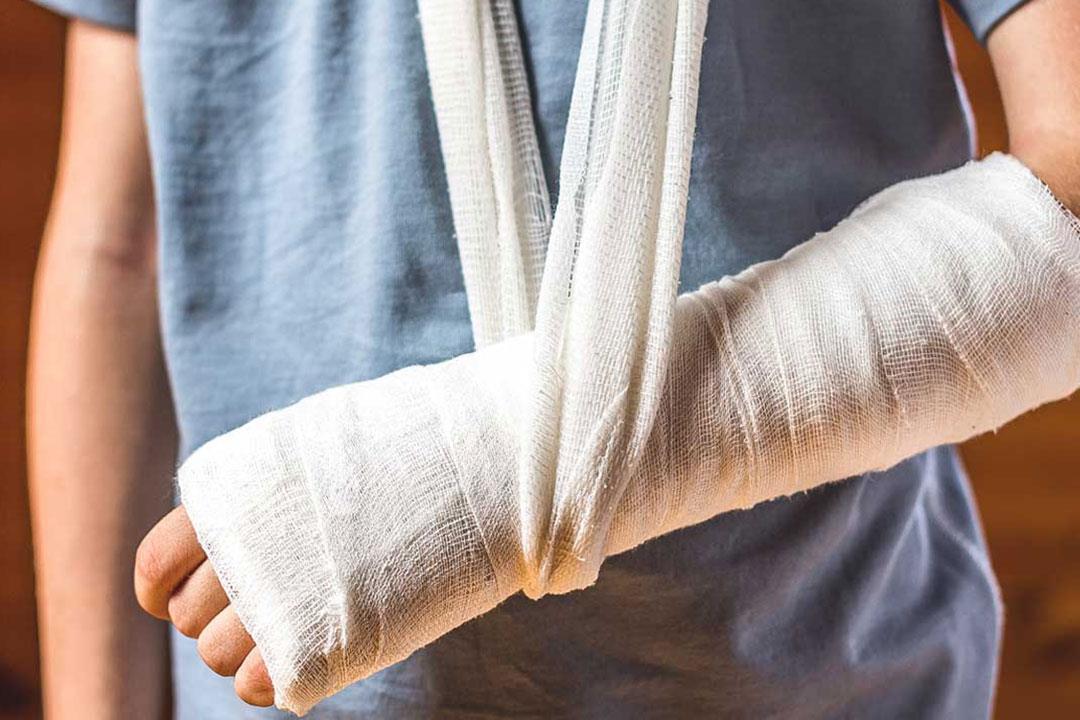
The Cost of Installing a Plate and Screws in the Arm
We cannot provide a specific cost for the procedure of installing a plate and screws in the arm, as the price depends on several factors that directly influence the cost. These factors include:
- The price of the procedure varies depending on the type of plates and screws used in the medical procedure.
- The cost of the procedure varies depending on the hospital where the patient is treated and the level of medical care provided.
- The cost of installing plates and screws in the arm varies from one doctor to another, depending on their experience, skills, and proficiency in this field.
You may find that the prices for the procedure of installing plates and screws in the arm range from 40,000 to 100,000 Egyptian pounds. Prepare for a pain-free and unrestricted future by scheduling an appointment with Dr. Amr Amal for the installation of plates and screws in the arm.
Why Does an Arm Fracture Require the Installation of Plates and Screws?
If a person suffers a severe bone fracture, they will need to install plates and screws to properly stabilize the broken bone, reduce pain, and speed up the healing process. The need for installing plates and screws varies from one person to another depending on the type and size of the fracture and the different stages it goes through. In cases of large and severe fractures, the optimal choice is to install plates and screws.
The installation of plates and screws in the arm is performed in cases of severe fractures that involve tearing the surrounding tissues of the bone. The doctor installs the plates and screws in the arm after roughening them, and it takes some time for the injury to fully heal. This method is considered the effective and best solution for stabilizing the fracture and assisting in its healing and recovery as quickly as possible.
Types of Plates and Screws
Plates and screws are used to fix severely fractured bones, and there are only three basic types of them: plates, screws, and artificial joints. We will provide detailed information about each of them:
- Plates: Plates are used to repair long bone fractures, and there are five main types, each used specifically in the knee and ankle. The area of the fracture may be subjected to pressure forces and deformation, and the shape of the plates is determined in a way that allows them to move with the body. They can be shaped like the letter T or L.
Bone Grafts are used to stabilize the area while maintaining length and alignment, in addition to assisting in the healing of secondary bones, as they help maintain blood supply to the fracture fragments. This is because they do not hinder the damaged area. Tension plates usually consist of wires that help secure the area for post-recovery. In contrast, compression plates consist of a set of metal plates used to repair bones by applying mechanical pressure applied between the bone fragments to assist in their healing.
Screws
Screws closely resemble those used in computers and may have a flat or Phillips head. They work to tighten damaged areas and are commonly used in the humerus or torn biceps. It is generally accepted that they should not be removed from their position as long as they do not cause any problems. However, if they cause any issues, then a removal operation should be performed for both the plates and screws.
Artificial Joints
Orthopedic doctors resort to artificial joints when replacing missing joints or bones or for providing support to damaged bones. They are widely used in knees and hips, allowing patients to regain full range of motion without experiencing pain. The artificial material can be integrated with the healthy bone to replace the patient’s damaged and impaired bones entirely. Additionally, the artificial limb can replace specific parts of the joint.
Preoperative Procedures for Plate and Screw Installation in the Arm
There are several necessary procedures that the patient must undergo before undergoing the procedure of installing plates and screws in the arm, ensuring that the patient is fully prepared for the operation. These procedures include:
The patient must refrain from smoking for at least two weeks before the operation. Informing the treating physician of any medications they are taking, especially blood-thinning medications. The patient should abstain from food and drink for approximately 6 hours before the operation. The doctor may prescribe specific antibiotics that help prevent infection a week before the surgery.
Fracture Fixation with Plates and Screws
Doctors resort to the procedure of installing plates and screws to stabilize severe fractures and facilitate proper healing by creating bridges between the broken bones. The process initially involves the plates being pliable and flexible, which gradually harden and fuse with the bones. Here are the steps involved in the procedure:
The patient is typically placed under general anesthesia, except in cases where the patient has a specific condition that prevents it, requiring another type of anesthesia. The doctor cleans the wound if it’s an open fracture or makes a surgical incision at the site of the injury if it’s a closed fracture. The surgeon then installs a plate in the injured area and secures it with screws, significantly aiding in bone fusion. Subsequently, the doctor cleans and sterilizes the wound, sutures it using multiple stitches, and applies bandages. After the doctor completes the procedure, the patient returns to the operating room for necessary post-operative examinations. Post-Procedure for Plates and Screws in the Arm
Following the installation of plates and screws, the medical team conducts essential tests to ensure the patient’s safety, the absence of complications, the patient’s ability to use the injured bones, and that the patient has been following the necessary guidelines. Dr. Amr Amal, an orthopedic and joint surgery consultant, recommends specific post-operative guidelines, including:
The patient should rest adequately after the surgery. The patient should avoid moving the injured bones as much as possible. Discuss with the doctor the natural therapy and rehabilitation program that suits their condition. Consult the doctor if the patient experiences pain or swelling in their arm. The patient should take the prescribed medications and drugs during the recovery period. The patient should apply cold water compresses to reduce swelling in the arm. The patient should refrain from engaging in normal activities until consulting with the doctor.
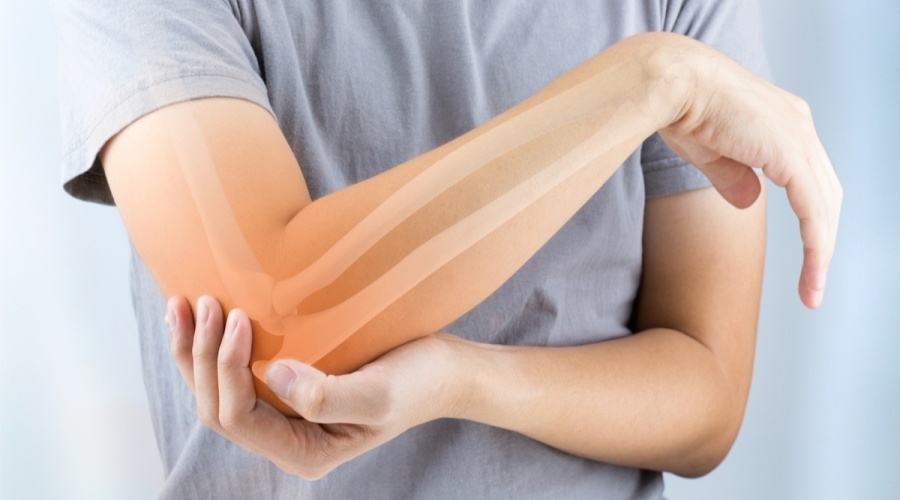
Is Arm Plate and Screw Surgery Difficult?
In general, you will find that the procedure of installing plates and screws requires a high level of precision and skill in installation and execution. Therefore, it can be considered somewhat challenging. However, any skilled and experienced doctor can perform it at the highest level. The complexity of the procedure can vary depending on the type and location of the fracture, as well as other precautions such as cleanliness and the type of tools used.
Can Bone Plates Remain in the Body Without Harm?
Bone plates and screws are designed to remain in the human body for long periods, possibly for a lifetime, as long as they do not cause any problems or psychological distress to the patient. However, they are typically removed within a period not exceeding two years in most cases, and in younger individuals, this period may be as short as one and a half years.
How Long Does it Take for Bones to Heal After Plate and Screw Installation?
A patient who undergoes plate and screw installation typically needs a minimum of 6 to 8 weeks for the bones to heal, the fracture to stabilize, and for them to be able to resume daily activities and work they were doing before. Discover the latest techniques in treating arm problems through plate and screw installation with a team of experts led by Dr. Amr Amal.
When Will the Arm Return to Normal After a Fracture?
A patient who undergoes plate and screw installation in the arm can usually return to performing their daily activities after a minimum of two months following the surgery. This allows the fracture to stabilize and heal properly, along with following a physical therapy and rehabilitation program.
Book with the Best Doctor for Arm Plate and Screw Surgery
If you’re looking to book an appointment with a skilled doctor for arm plate and screw surgery, we recommend Dr. Amr Amal, an orthopedic and joint surgery consultant at Ain Shams University. He is well-known for his high competence and skills, which have earned him a wide reputation among many patients. Dr. Amr is known for his excellent patient care, open communication, and his constant efforts to find the best solutions for patients’ issues. He chooses the most suitable treatment methods based on the patient’s condition.
If you wish to directly contact Dr. Amr, you can visit his official website or use popular applications like VisitZoz and CLINDO, which facilitate easy and hassle-free appointment booking with him. You can choose a convenient appointment time and visit the doctor directly.
Risks of Arm Plates and Screws
There’s no doubt that plate and screw installation is a crucial step for stabilizing fractures and is one of the most modern and commonly used methods among many doctors due to its significant impact on accelerating fracture healing. However, like any surgical procedure, it can have some risks and complications, which are rare but still worth knowing:
- Infection at the surgical site.
- Various types of infections in the fracture area.
- Plate or screw breakage.
- The possibility of skin protrusion due to plate displacement.
- Plate movement from its position and its impact on nearby joints.
For more details about arm plate and screw installation and the potential risks associated with it, we recommend reading this article.
What Patients Should Do After Arm Plate and Screw Installation
Today, we provide you with some tips and instructions that patients who undergo arm plate and screw installation surgery should follow to accelerate fracture healing and ensure a complete recovery. Here are some of them:
- Patients should avoid getting the wound dressing wet and should keep it clean and dry.
- It is essential for the patient to use crutches and supports to reduce the load and pressure on the injured area.
- Pay attention to weight reduction and follow a balanced and nutritious diet rich in vitamins and proteins, which helps accelerate recovery and complete healing in the shortest time possible.
- Regular follow-up with the doctor to reduce the chances of complications in the fractured bone area.
If you want to learn more about arm plate and screw installation surgery, necessary tips, and post-operative instructions, we recommend reading the following article.
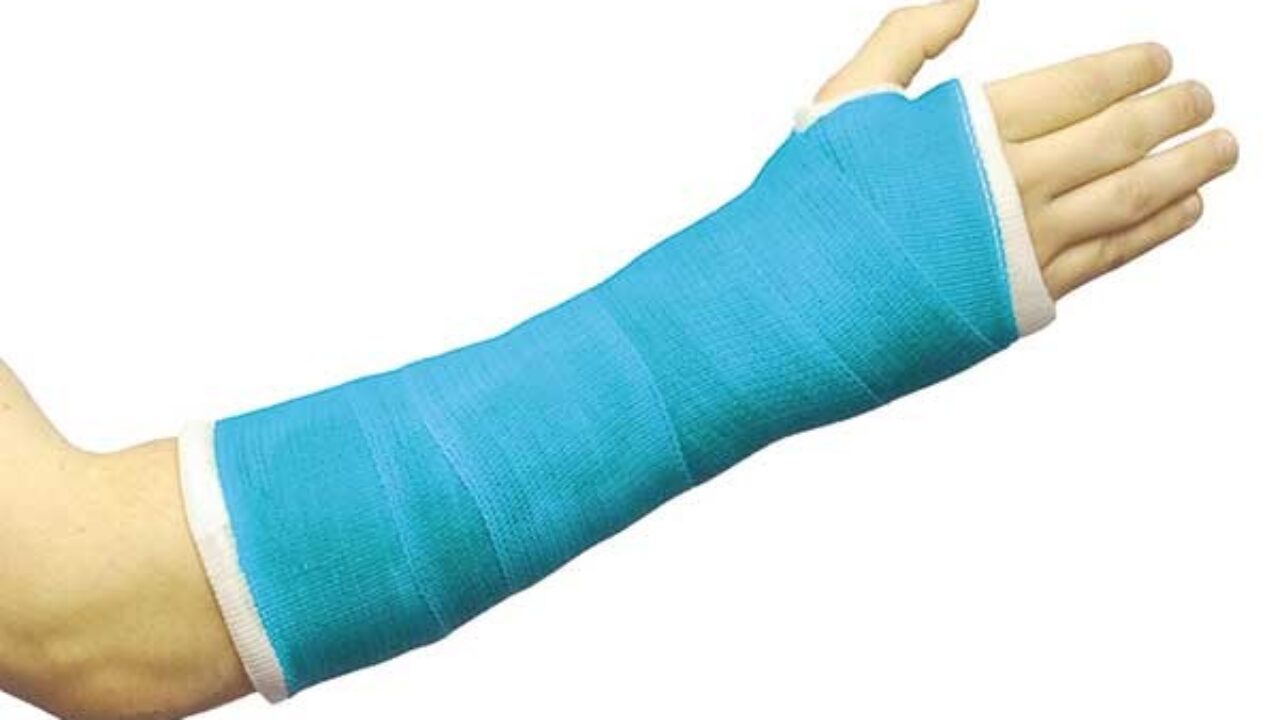
Duration of Arm Plate and Screw Installation Surgery
Prepare to return to your daily and athletic activities after a successful experience with arm plate and screw installation surgery with Dr. Amr Amal.
The arm plate and screw installation surgery typically takes about two to three hours, or possibly longer, depending on the type of fracture and the patient’s overall condition after the procedure. After undergoing the surgical procedure and recovering in the post-anesthesia care unit, the patient remains in the hospital for several days before being discharged.
Does the Body Expel Plates and Screws After Installation?
There is no problem with plates and screws remaining in the body throughout a person’s lifetime, as they are designed for that purpose as long as the patient does not have a medical condition that requires removal. There should be no issues or side effects that necessitate removal, as the body does not naturally expel them after installation as long as there are no problems in the surrounding area.

